Robotics
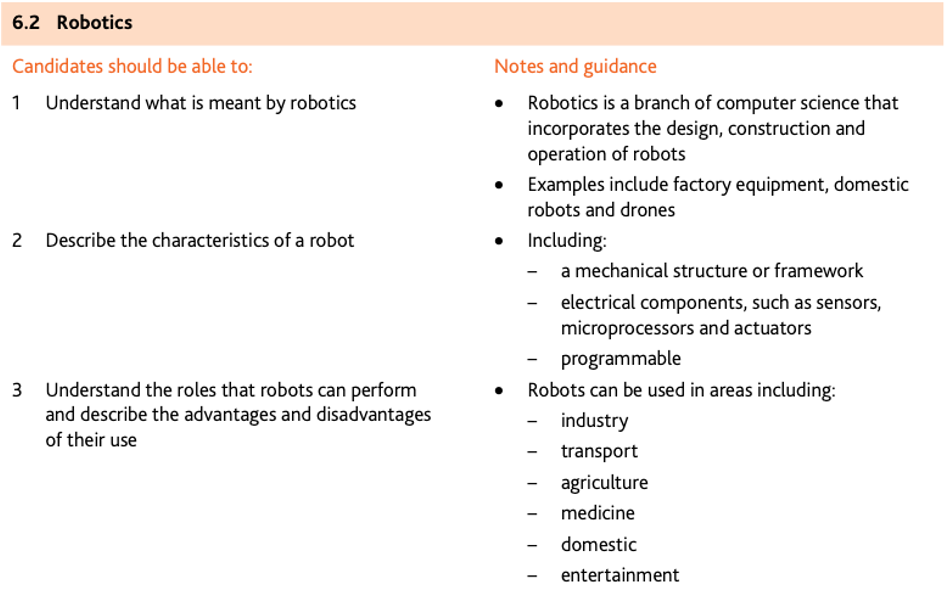
Robot
The word robot comes from the Czech word robota (which means ‘forced labour’) and the term was first used in the 1920s play ‘Rossum’s Universal Robots’.
Robotics is a branch of (computer) science that brings together the design, construction and operation of robots.
The concept of the robot has fired the imagination of science fiction writers for countless years; indeed Isaac Asimov even composed his three laws of robotics:
a robot may not injure a human through action or inaction
a robot must obey orders given by humans, unless it comes into conflict
with law 1 a robot must protect itself, unless this conflicts with law 1.
Factories
- welding parts together
- spray-painting panels on a car
- fitting windscreens to cars
- cutting out metal parts to a high
- precision – bottling and labelling plants
- warehouses (automatic location of items)
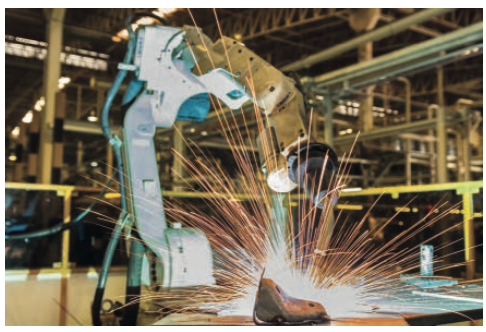
Home
- autonomous floor sweepers
- autonomous lawn mower
- ironing robots
- pool cleaning
- automatic window cleaners
- entertainment (‘friend’ robots)
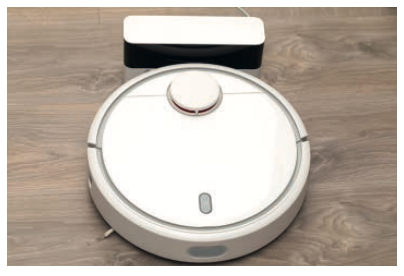
drones
- unmanned aerial vehicles (UAVs) are drones that are either remotely controlled or totally autonomous using embedded systems
- can be used in reconnaissance (for example, taking aerial photographs)
- can be used to make parcel deliveries (for example, Amazon).
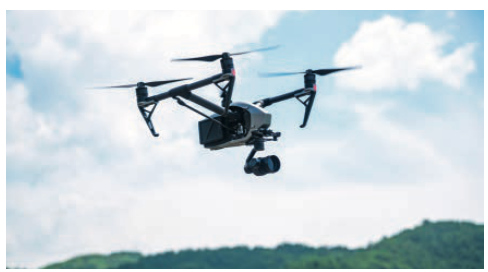
Characteristics of a robot
- Ability to sense their surroundings
- Have a degree of movement
- Programmable
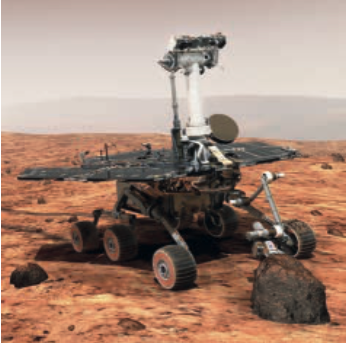
- It is important to realise that robotics and artificial intelligence (AI) are almost two entirely different fields
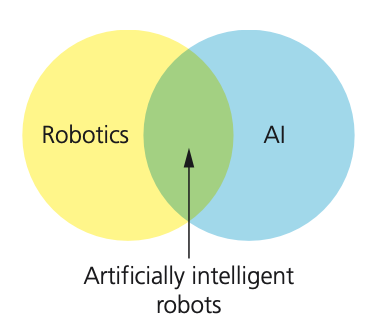
The role of robots and their advantages and disadvantages
- We will now consider the use of robots in a number of areas, together with the advantages and disadvantages of using robots in each of these areas:
- industry
- transport
- agriculture
- medicine
- domestic (home) use
- entertainment.